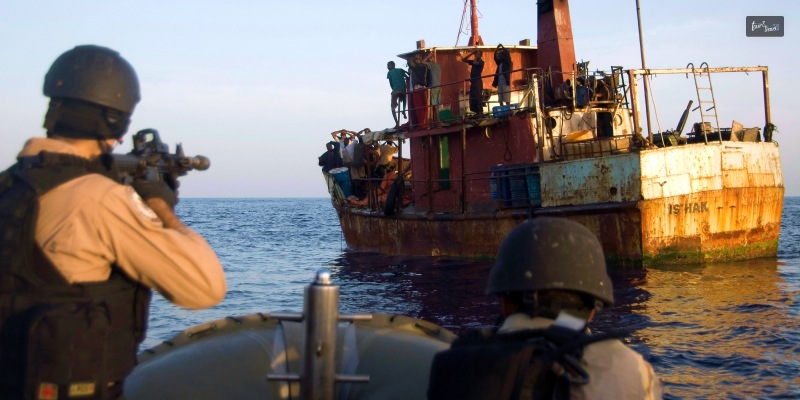Most Exciting Places to Visit in Bulgaria in 2022
BY Abdul Aziz Jan 14, 2022
Planning a trip to Bulgaria? You need to mark the places you want to visit on your map then! This guide by experts from the best travel agency for Bulgaria will take you through the worthiest locations in the country. 1. Varna Varna is not only a great resort city but also a: Heritage of Orthodox architecture Home of Roman bathhouses The historical and cultural capital of Bulgaria Nightlife and gastro-tourist destination You will need several days to enjoy everything this city has to offer! 2. Veliko Tarnovo This legendary “city of Tsars” is famous for its breathtaking views, terracotta-colored roofs, and unique architectural style. Here you can enjoy a mixture of historical destinations left after the Second Bulgarian Empire and the beauty of pristine nature. 3. Sofia Sofia is the capital of the country and an eclectic reflection of its rich historical past. Here you can visit iconic Orthodox cathedrals, see brutalist monuments of the Soviet epoch, and admire Vitosha Mountain from a distance. Besides, it’s a large city that’s just interesting to explore on foot. 4. Zheravna Zheravna is a symbol of the Bulgarian National Revival and a heritage of the old Balkan rural architectural style. The town looks like a natural wonder amidst Balkan mountains and dense forests of pines and elms. You may also be lucky to see one of the popular folk festivals here. 5. Burgas Burgas is a modern resort town that’s home to the biggest music festivals in the country. It’s also one of the biggest natural wonders in the country that attracts tourists with its majestic lakes and sandy stretches on the shores of the Black Sea. 6. Bansko Bansko is the biggest and most popular skiing resort in Bulgaria. It offers over 60 miles of snow runs and a wonderful view of snowy pine forests. While resting, you can visit authentic tavernas, bars, luxurious hotels, live concerts, and hiking trails. 7. Rila Monastery This UNESCO World Heritage List monument is a functioning monastery with over 1,000 years of history hidden behind its walls. It will surprise you with myriads of iconostases, murals, medieval sceneries, and architectural styles that absorbed styles of several epochs. 8. Pamporovo Pamporovo is the second most popular spot for skiers and hikers in the country. Here you can ski on over 30 miles of slopes and explore endless trails of the southern Rhodope Mountains. 9. Pirin National Park This UNESCO-tagged park is a place where pristine Balkan nature is conserved, offering you to take a walk through alpine valleys and admire the rich wildlife of the region. Deer, bears, and wild goats inhabit these forests to these days, as well as Red Book plants and trees. 10. Belogradchik Belogradchik Rocks are anthropomorphic monoliths that never fail to impress the visitors of the town. Besides, you should not pass by the Belogradchik Fortress that dates back to the Roman epoch and the Magura Cave that still has pre-historic wall art in it. 11. Plovdiv Plovdiv is another great historic spot that has lots of Roman amphitheaters, fortresses, churches, monuments, Byzantine arches, and, of course, mysterious hidden squares. Besides, it’s a popular destination for fans of nightlife, coffee culture, and indie or jazz music event seekers. 12. Perperikon Perperikon is the greatest landmark of the ancient history of Bulgaria and an astonishing monolithic town amidst mountains. For a deeper dive into the history of the place, don’t forget to visit the local archaeology museum. Many More! These were the biggest places of interest in Bulgaria, but on your way, you will encounter many smaller spots that will entertain and educate you. Now it’s time to build your Bulgarian roots, pack your things, and go! Read Also: Is Japan Really An Expensive Place? Have A look 9 Things Every Traveler Should Know When Visiting Shanghai 10 Amazing Things To Do In Medellin Top 6 Most Popular Wendover Hotels In West Wendover In 2021























